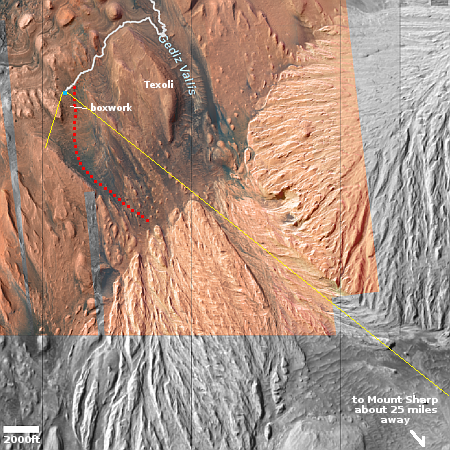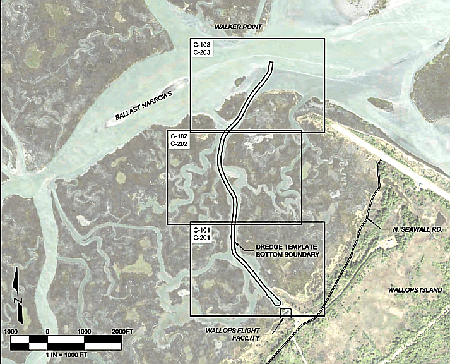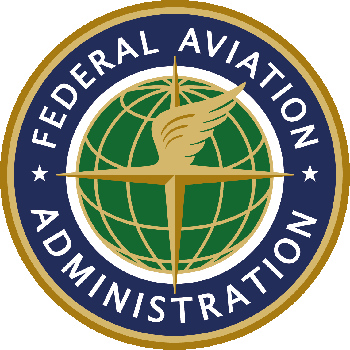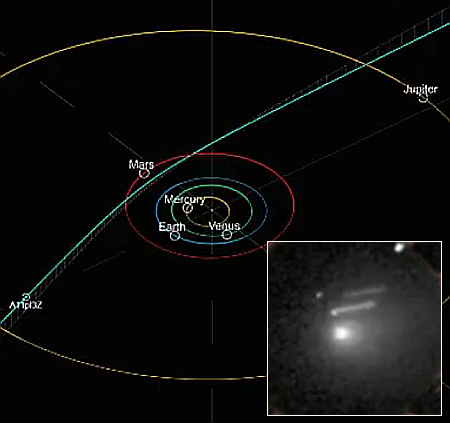Starlink went down for almost 3 hours yesterday
In what is a rare event, SpaceX’s Starlink satellite constellation was out of service yesterday for about 2.5 hours “due to failure of key internal software services that operate the core network.”
Starlink experienced an outage Thursday afternoon that went on for 2.5 hours and took down at least tens of thousands of people’s satellite internet service. “Starlink is currently in a network outage and we are actively implementing a solution. We appreciate your patience, we’ll share an update once this issue is resolved,” Starlink posted on X at 1:05 p.m. PT/4:05 p.m. ET.
Though Starlink has yet to confirm that services are fully up and running again, Downdetector showed reports of issues had dropped to just 1,600 as of 4:30 p.m PT after they’d spiked to around 60,000 at about 1 p.m. PT
CNBC incorrectly tried to pin this internet outage to the start yesterday of T-Mobile’s new cellphone-to-Starlink text and emergency subscription, but that makes no sense, since the two use different Starlink satellites.
Since the constellation began offering customers its service several years ago the number of such global outages has been very rare. If anything, Starlink has been far more reliable than almost all comparable land line internet services.
In what is a rare event, SpaceX’s Starlink satellite constellation was out of service yesterday for about 2.5 hours “due to failure of key internal software services that operate the core network.”
Starlink experienced an outage Thursday afternoon that went on for 2.5 hours and took down at least tens of thousands of people’s satellite internet service. “Starlink is currently in a network outage and we are actively implementing a solution. We appreciate your patience, we’ll share an update once this issue is resolved,” Starlink posted on X at 1:05 p.m. PT/4:05 p.m. ET.
Though Starlink has yet to confirm that services are fully up and running again, Downdetector showed reports of issues had dropped to just 1,600 as of 4:30 p.m PT after they’d spiked to around 60,000 at about 1 p.m. PT
CNBC incorrectly tried to pin this internet outage to the start yesterday of T-Mobile’s new cellphone-to-Starlink text and emergency subscription, but that makes no sense, since the two use different Starlink satellites.
Since the constellation began offering customers its service several years ago the number of such global outages has been very rare. If anything, Starlink has been far more reliable than almost all comparable land line internet services.








